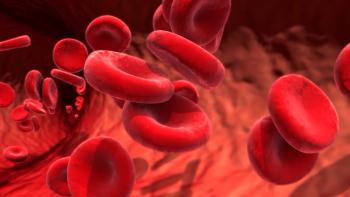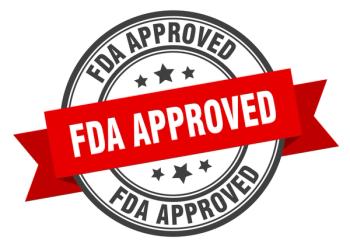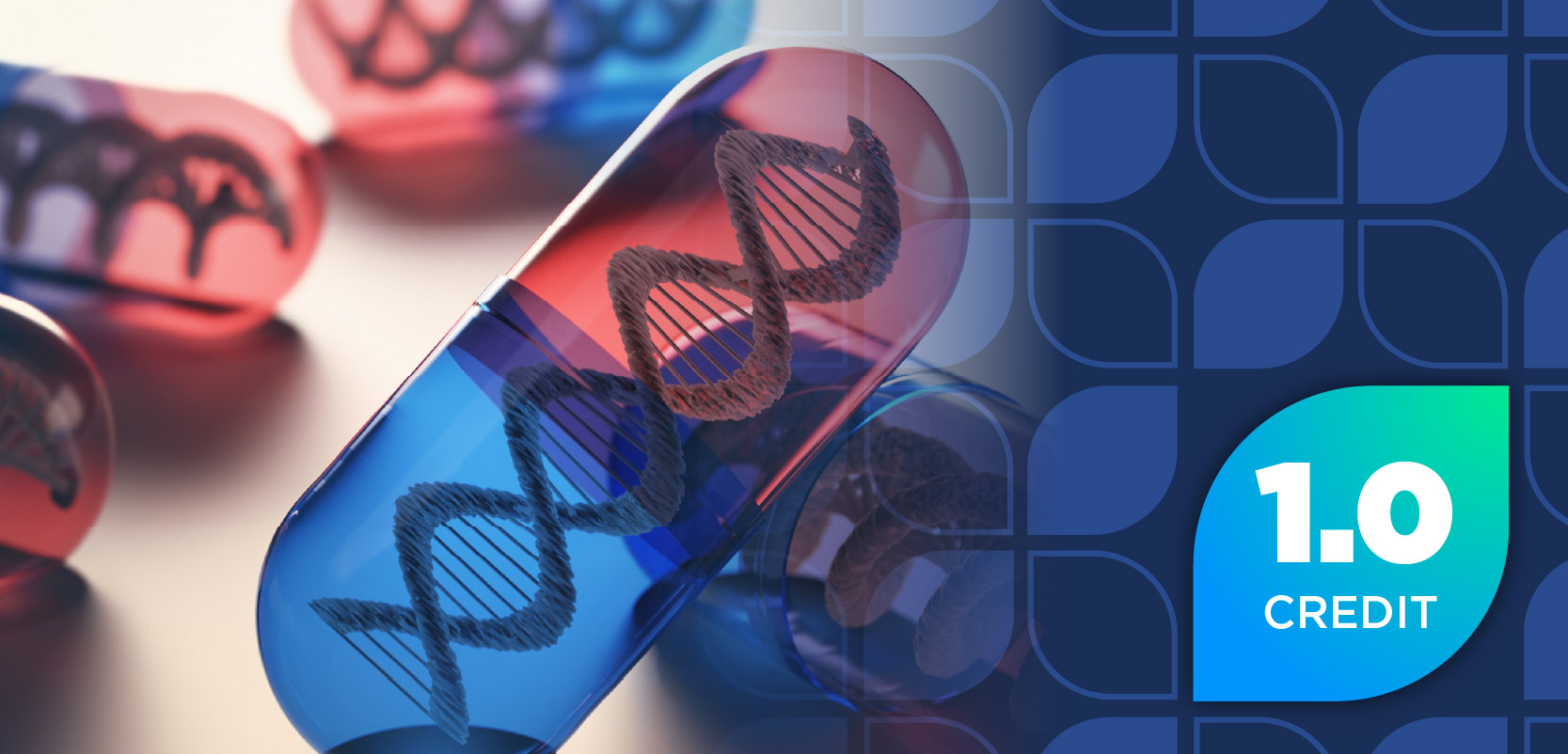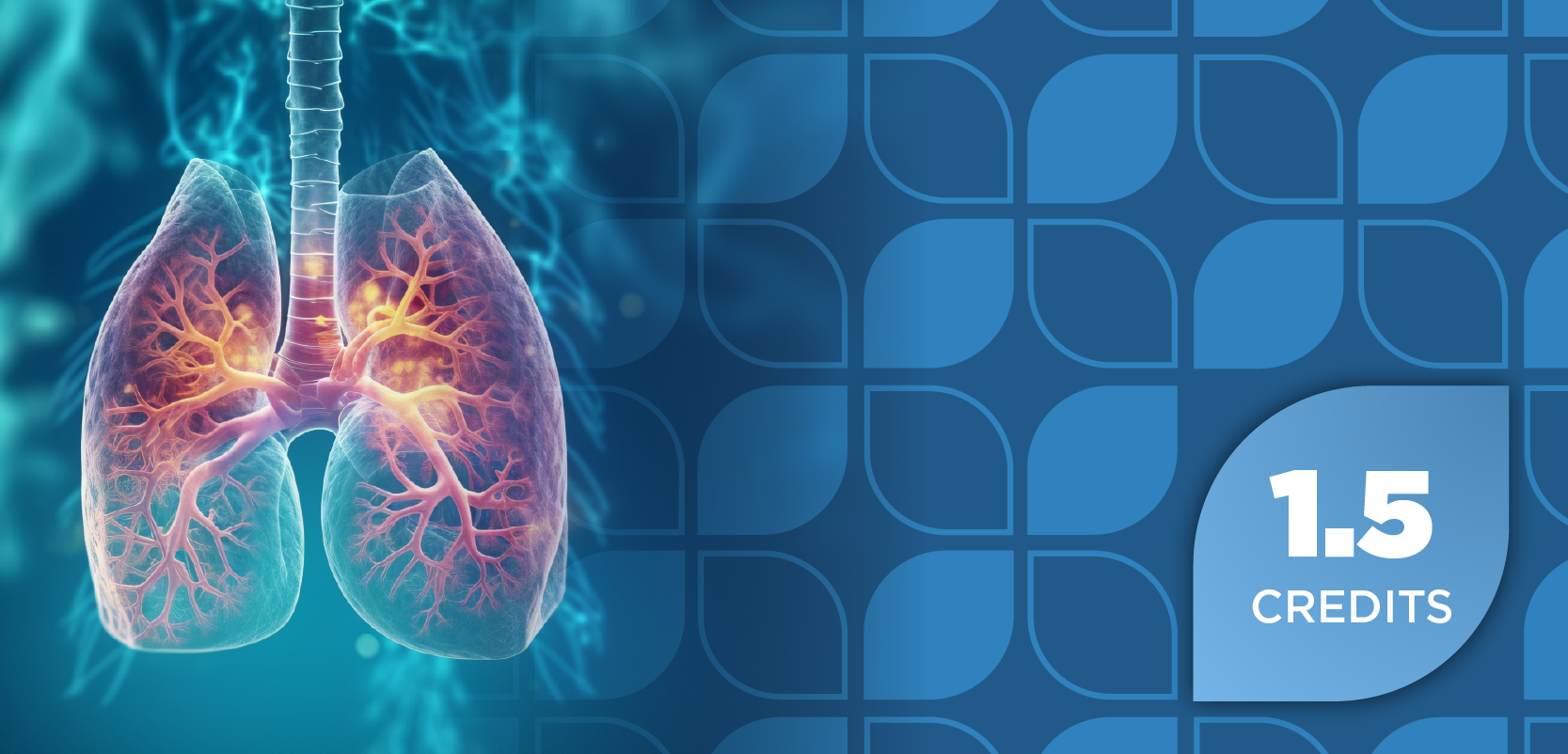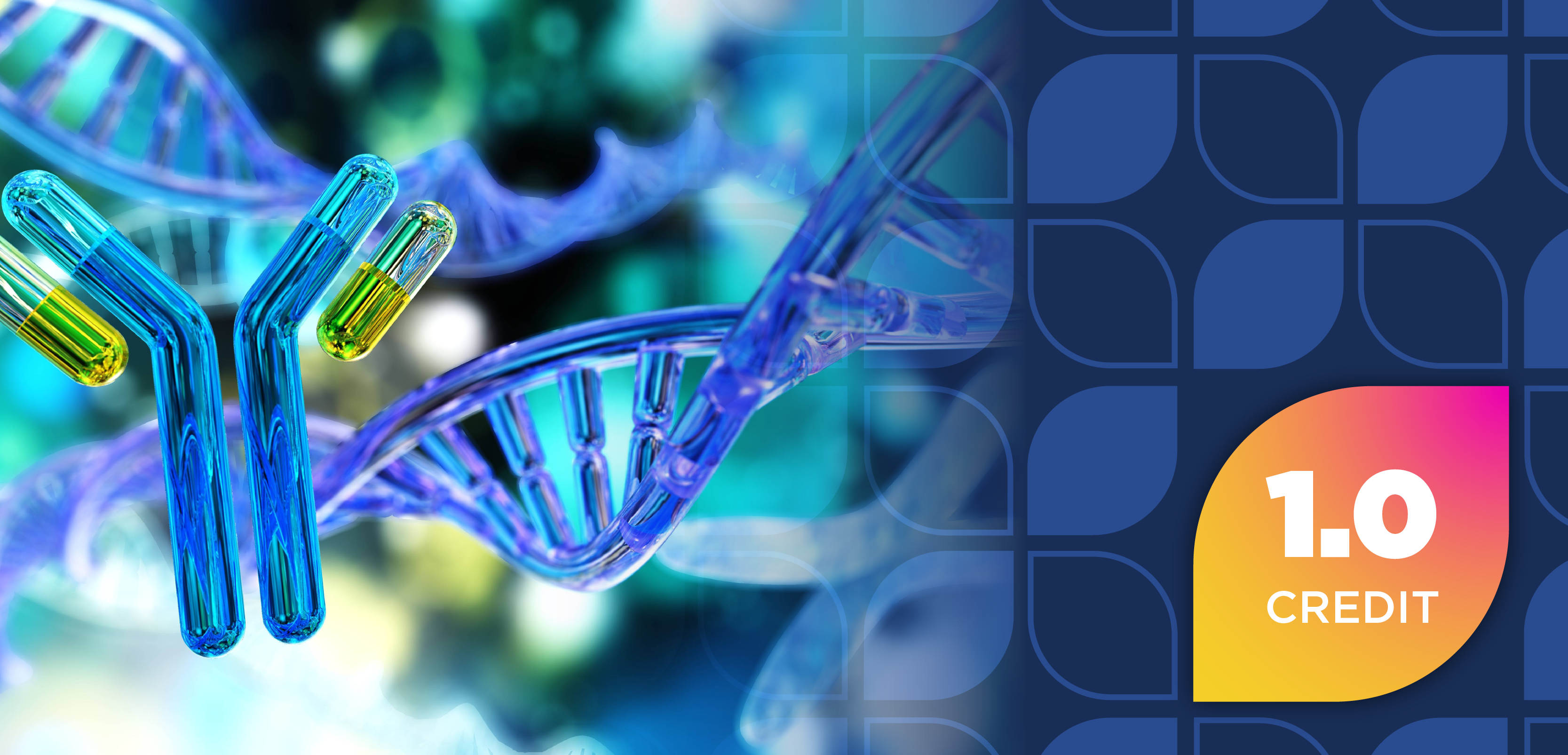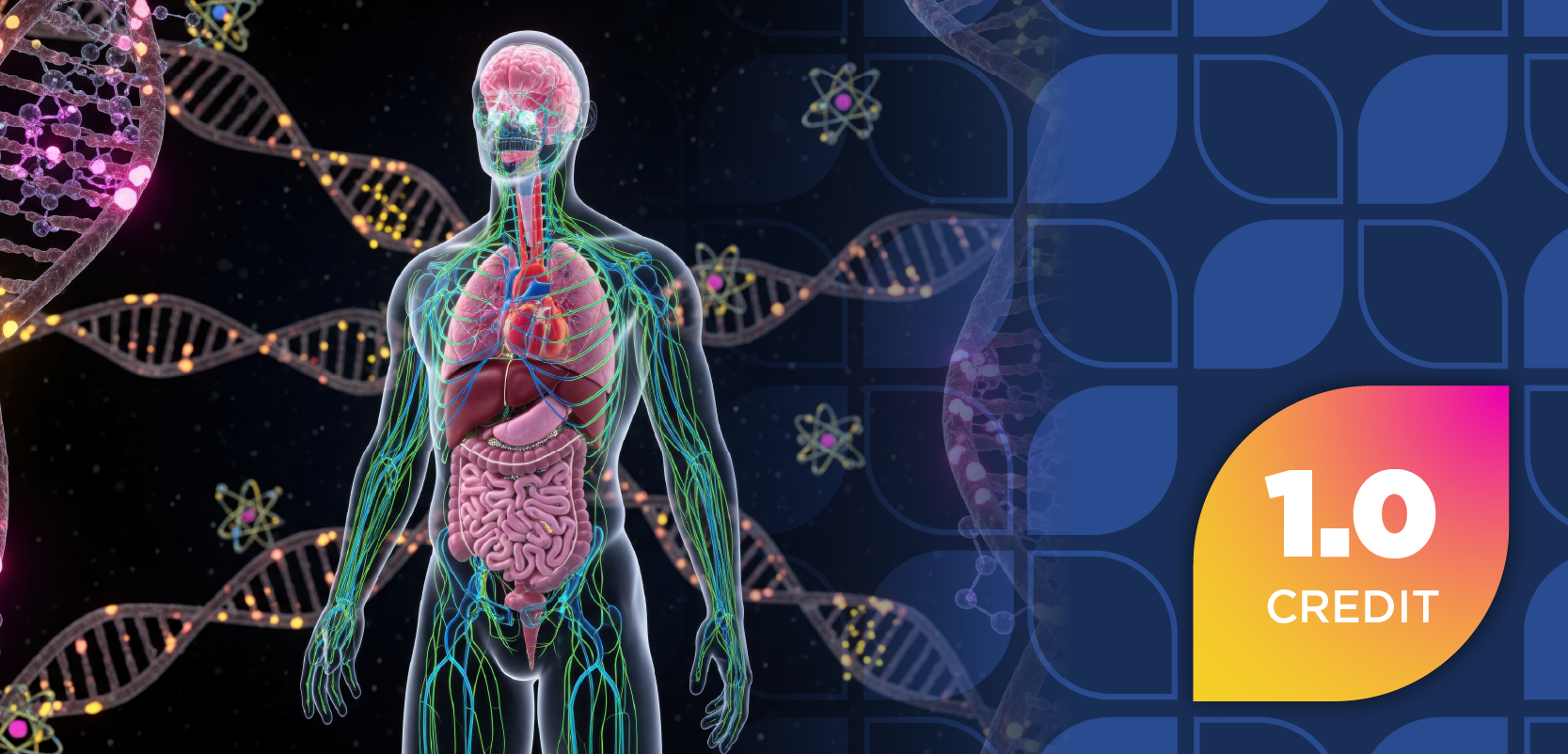
The Salt Wars: Cutting Down on Dietary Sodium
Most Americans exceed the dietary guidelines for sodium consumption, putting them at risk for hypertension and heart disease, says a new study.
Americans are consuming too much sodium, according to a new report from the CDC, which calls for new strategies and stronger efforts to decrease the amount of dietary salt.
Analysis of 2005-2008 data from nearly 19,000 participants in the US National Health and Nutrition Examination showed that the vast majority of adults who fall into high-risk categories have failed to reduce their sodium intake. In fact, 98.6% of Americans who should reduce their daily sodium intake to 1500 milligrams and 88.2% of those who should consume less than 2300 milligrams both exceed those amounts, according to the
In general, all individuals aged 2 years and older are advised to limit daily sodium intake to less than 2300 mg, according to the
Lowering sodium intake, however, is not an easy task, primarily due to common misperceptions about the most common sources of dietary salt. Contrary to popular belief, most of the sodium Americans consume does not come from the salt shaker. According to the CDC, 75% of the sodium in the typical American diet is added to commercial foods during processing or during preparation of restaurant foods. Only about 25% occurs naturally or is added at the table or in cooking by the consumer.
To help minimize the amount of sodium found in commercial foods, the Institute of Medicine (IOM) outlined new strategies to reduce sodium intake, which include setting mandatory sodium targets for processed and restaurant food and improvements to sodium content labeling.
More efforts, however, are needed to address the high levels of sodium, which have been linked to an increased risk of hypertension, IOM research has shown.
The CDC report highlighted an initiative in the United Kingdom in which food manufacturers partnered with the government to establish voluntary maximum levels of sodium in certain processed foods. The effort resulted in a 9.5% reduction in sodium intake over 7 to 8 years.
Researchers estimate that a similar reduction in sodium intake in the United States would save an estimated $4 billion in health care costs per year and $32.1 billion over the lifetime of adults aged 40 to 85.
For individuals who want to cut down on dietary sodium, the
- Buy fresh, plain frozen, or canned "with no salt added" vegetables.
- Use fresh poultry, fish, and lean meat, rather than canned or processed types.
- Use herbs, spices, and salt-free seasoning blends in cooking and at the table.
- Cook rice, pasta, and hot cereals without salt. Cut back on instant or flavored rice, pasta, and cereal mixes, which usually have added salt.
- Choose "convenience" foods that are lower in sodium. Cut back on frozen dinners, pizza, packaged mixes, canned soups or broths, and salad dressings — these often have a lot of sodium.
- Rinse canned foods, such as tuna, to remove some sodium.
- When available, buy low- or reduced-sodium, or no-salt-added versions of foods.
- Choose ready-to-eat breakfast cereals that are lower in sodium.
For more information on sodium reduction initiatives:
- Improving the Food Environment Through Nutrition Standards: A Guide for Government Procurement
- CDC: Sodium Reduction in Communities
- Reduce Salt, Protect the Heart
Newsletter
Stay informed on drug updates, treatment guidelines, and pharmacy practice trends—subscribe to Pharmacy Times for weekly clinical insights.

